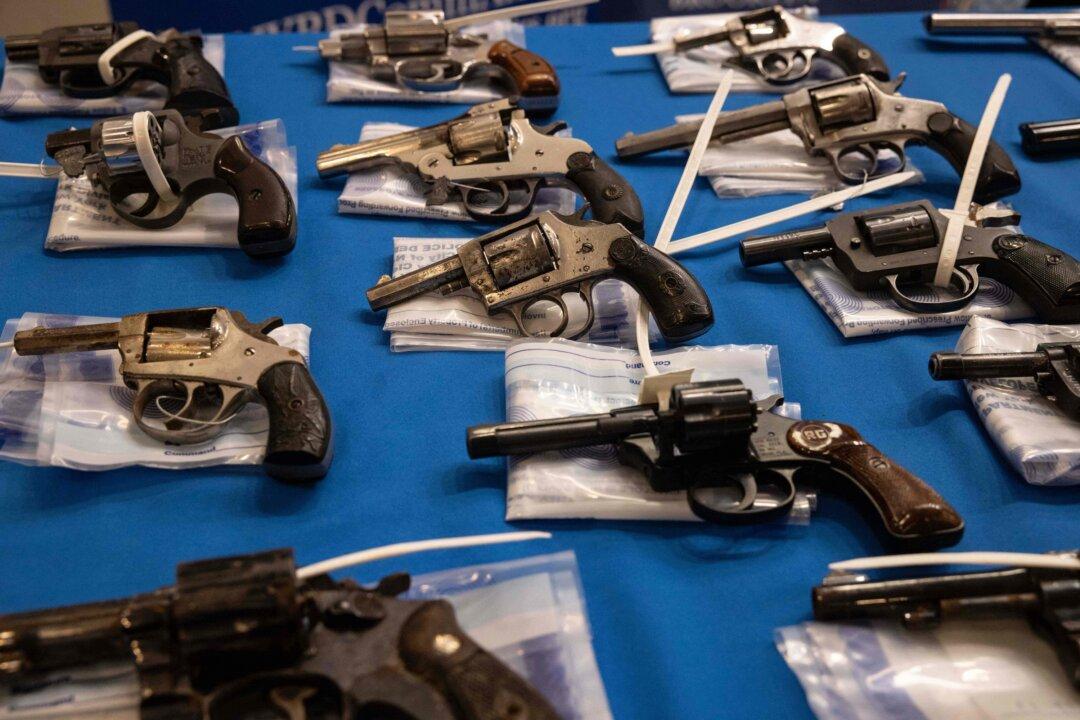Commentary
The government of Western Australia is promising a complete overhaul of firearms legislation, with some new restrictions having already passed in May.

The government of Western Australia is promising a complete overhaul of firearms legislation, with some new restrictions having already passed in May.